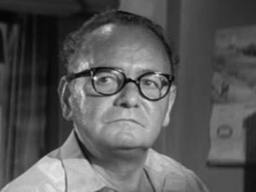When journalists are learning to write, there is no shortage of advice for them to draw on.
From Orwell to Hemingway, and plenty in-between, there are lots of writers and journalists who have given their thoughts on the craft of writing.
Well, I’ve found another one!
While researching my biography of Basil Clarke, I discovered that at the start of his career he was given advice on news writing by his friend Herbert Sidebotham, then a journalist at the Manchester Guardian and later better known for his “Scrutator” column in the Sunday Times.
It is advice that has, as far as I know, been forgotten for the best part of a century. And while the world is hardly crying out for new bits of writing advice, I think it has stood the test of time and could be a useful tool when reviewing your own work.
Sidebotham told Clarke that, after writing an article, he should always ask himself three questions:
- Is that exactly what I meant to say, neither more nor less?
- Could any person – wise man, knave or fool – construe it to mean anything different from what I meant to say, either more or less?
- Could I have made it more easy for the reader to understand what I meant him to understand?
Incidentally, Clarke continued to use this checklist after he made the switch from journalism to public relations in 1917. But, perhaps reflecting the different focus of public relations compared to journalism, he added a fourth question of his own:
- Could I have written it so as to make a deeper impression on his [the reader’s] mind?
